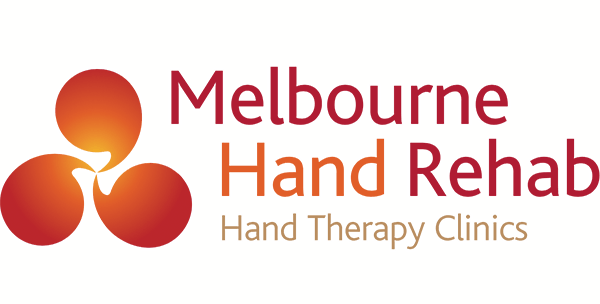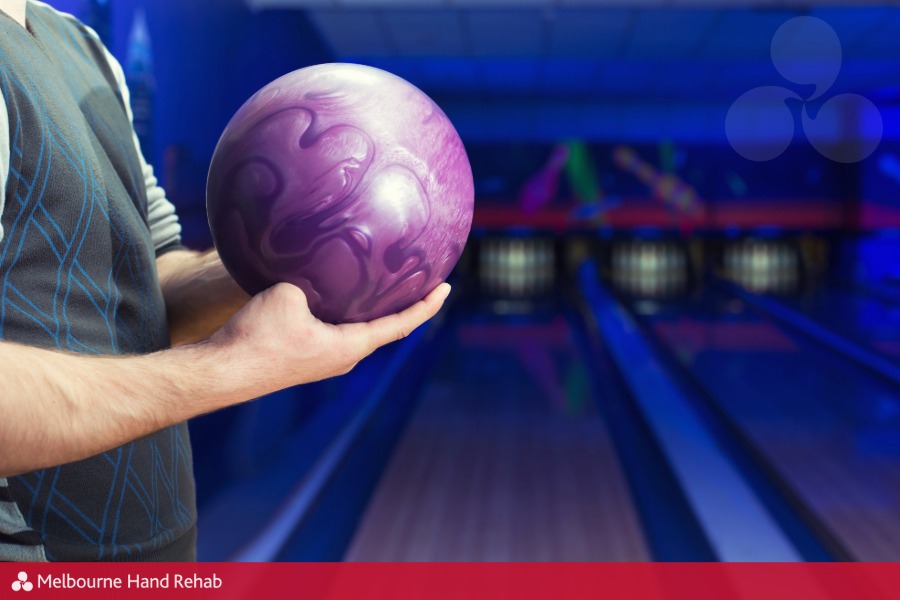
26 Mar What is Bowler’s Thumb?
Bowler’s Thumb, also known as Ulnar Digital Nerve Compression, is a condition characterised by irritation or compression of the ulnar digital nerve, which runs along the inner side of the thumb towards the tip of your thumb.
Causes of Bowler’s Thumb
The primary cause of Bowler’s Thumb is repetitive trauma and compression to the side of your thumbs. Individuals who participate in Ten-Pin Bowling are particularly at risk due to the repetitive gripping, hooking, and releasing motions involved in bowling.
Additionally, poor bowling technique, incorrectly drilled balls, incorrect sizing for inserts, and using a ball that is too heavy can exacerbate the problem. Activities that involve repetitive gripping motions, such as racket sports, gardening, martial arts, or manual labour, can also lead to similar nerve compression injuries.
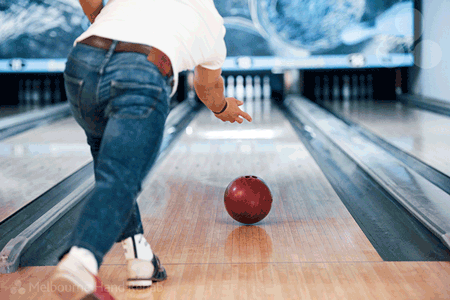
Individuals who participate in Ten-Pin Bowling are particularly at risk due to the repetitive gripping, hooking, and releasing motions involved in bowling.
Symptoms of Bowler’s Thumb
Recognising the symptoms of Bowler’s Thumb is essential for early intervention and preventing further damage. Common symptoms include:
- Pain, tingling, burning, or numbness along the side of the thumb.
- Sensitivity to touch or pressure in the thumb webspace
- Swelling of the thumb
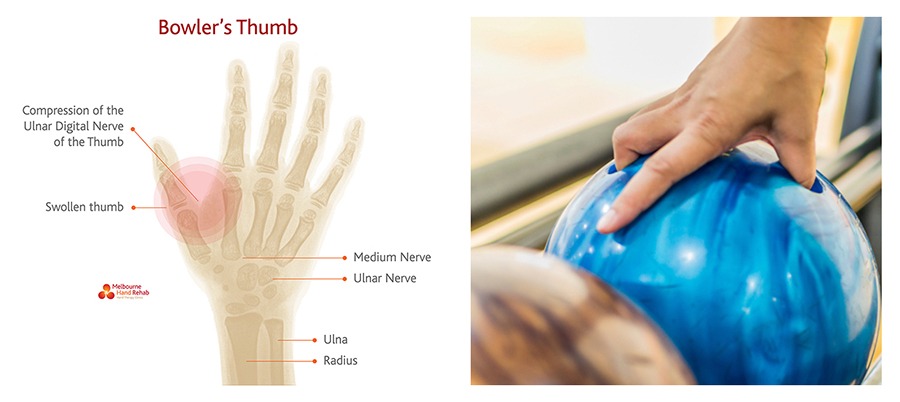
Assessment and treatment of Bowler’s Thumb
Your hand therapist will collaborate and work closely with you to guide you in your individualised rehabilitation journey:
Assessment: Our therapists conduct a thorough assessment to evaluate the severity of nerve compression, identify contributing factors, and understand your goals and lifestyle.
Pain Management: We utilise various modalities, such as nerve desensitisation and nerve gliding exercises, to alleviate pain and reduce inflammation along the affected nerve pathway.
Activity Modification: Our therapists provide guidance on modifying your grip, adjusting grip pressure, and using supports (such as taping), to minimise the nerve compression.
Education and Prevention: Patients receive education on ergonomic principles, exercises, and injury prevention strategies to minimise the risk of recurrence.
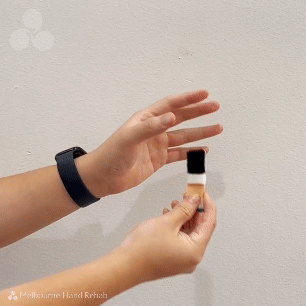
An example of a nerve desensitisation exercise
For bowlers, injuries may be a significant barrier to 220 average, or generally having fun. Going to your hand therapist early on is crucial for timely assessment, early intervention, as well as prevention of further injury. We would love to collaborate with you to get you back to your full potential.

If you are experiencing finger, hand or wrist pain, don’t hesitate to get in touch. We’d love to help you.
BOOK AN APPOINTMENT
For more information, call us directly on 03 9458 5166
